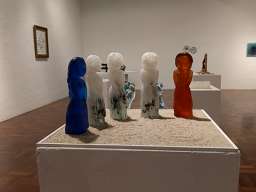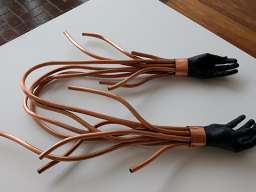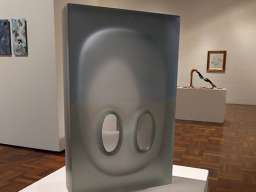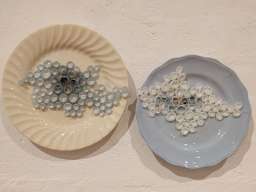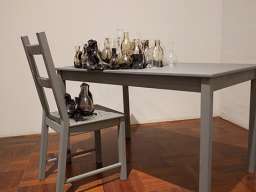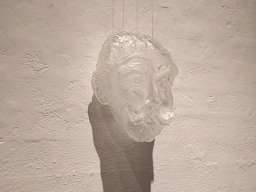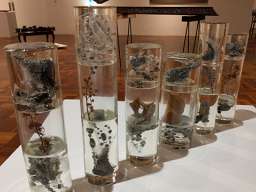Top glass artists gather at Art and Design school
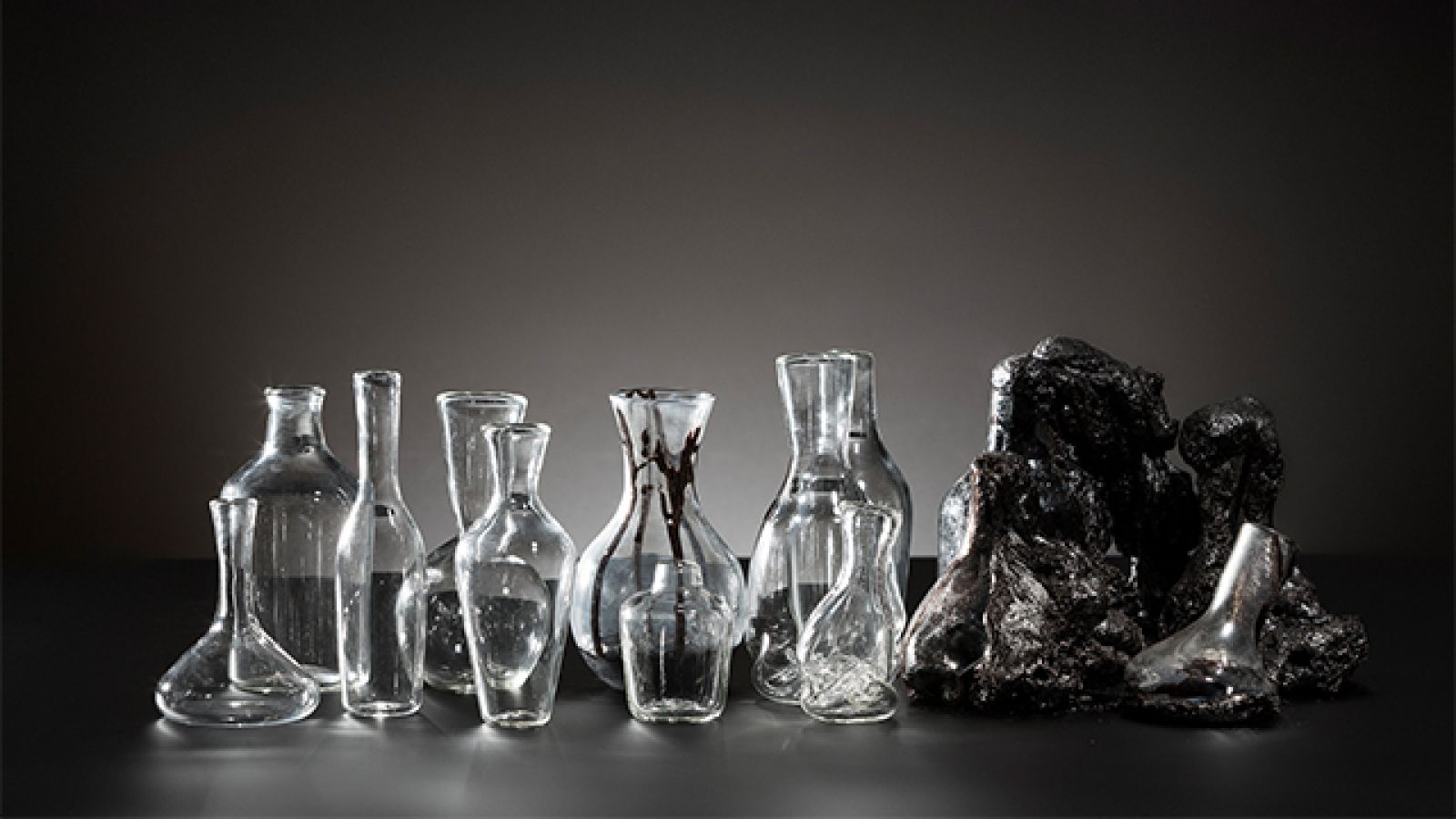
Image: Melancholia, Adam McGrath (2016)
Established and emerging Australian glass artists will converge on the ANU School of Art and Design to hear and learn from some of the best in the industry.
The occasion is the 2017 Ausglass conference, which has attracted around 15 international guests including Glenn Adamson, former Director of the Museum of Arts and Design in New York.
Head of the ANU Glass Workshop, Associate Professor Richard Whiteley, says Mr Adamson is a drawcard.
“He’s written a number of books that are kind of the bedrock of critical discussion in crafts practice,” Associate Professor Whiteley says.
“So to have him come and speak is a great coup for Ausglass.”
Associate Professor Whiteley identified New York-born, Prague-based artist Karen LaMonte as another conference highlight, describing her as an “extraordinary artist”.
“There’s only a few practitioners around the world who are working with large-scale cast glass,” he says.
“The ANU Glass Workshop has this capability, as does Karen and her team in the Czech Republic.
Courtesy of support from the College of Arts and Social Sciences, Ms LaMonte will spend two weeks after the conference working on research with ANU Glass students and staff.
Around a third of the conference speakers and demonstrators are ANU School of Art alumni.
“Annette Blair is a great graduate who’s an independent hot glass worker,” Associate Professor Whiteley says.
“And graduate Trish Roan is another good example of someone who’s publishing the boundaries of what the material can be.”
ANU Glass alumni, Associate Professor Whiteley, and other workshop staff will be among the 70-odd artists whose works will be displayed in the conference exhibition.
Recent graduate Daniel Venables will have his Exercises for Calming in the student exhibition, and Melancholia Table and Chair in the conference exhibition.
The latter work comprises a small dining table and chair and a collection of different sized bottles that overflow with a black substance.
“The bottles are meant to suggest storage containers,” he says.
“As the black ooze – the melancholia – touches them, it sort of warps and takes over the bottles and causes them to spill out more melancholia.”
The black ooze is molasses, he explains. “When you heat it to a certain temperature it burns and carbonises.”
The work is intended to represent depression, which he was diagnosed with aged 14.
“It's always been something that's been very hard to communicate,” he says.
“So the idea was to try and depict it at an emotional level, portray it in a way that people can maybe understand and… if not empathise with, then at least gain a better understanding of how the illness works, what it feels like to have it.”
He says it's about trying to explain the illness in a way that people can relate to.
“Which again goes back to the whole use of the ubiquitous tables and chairs and storage bottles, that sort of thing.”
Ausglass will be the biggest and most “grown up” exhibition he has participated in.
“I'm excited for the opportunity – it’ll be a big glass gathering,” he says.
“It’ll be good to be a part of that and start to find my place within the community.”
Ausglass 2017 runs 26-29 January, while the conference exhibitions finish on 28 January. The conference auction, comprising items donated by attendees, is open to the public.
